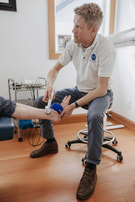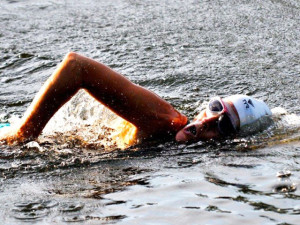
Another very positive affect from Laser therapy is to reduce inflammation (by increasing nitric oxide levels), will help with swelling and provide enhanced joint mobility. It will also produce higher outputs of specific enzymes to increase metabolic activity for a faster healing time.
Laser Therapy treats many conditions, and is especially effective with pain management. Laser Therapy accelerates wound/injury healing, decreases pain, inflammation, and scar tissue formation. When it comes to pain management, Laser Therapy provides dramatic results, is non-addictive and virtually free of side effects.
During each painless treatment, laser energy increases circulation, drawing oxygen, nutrients, and water to the damaged tissue. This creates an optimal healing environment that reduces swelling, muscle spasms, inflammation, stiffness, and pain. As the injured area returns to normal, function is restored and pain is relieved.
Numerous research studies show that laser treatments can help with these conditions:
Back Pain
Knee Pain
Shoulder Pain
Sports Injuries
Work or Auto Related Injuries
Arthritis
Tennis Elbow
Sprains, Strains
Fibromyalgia
Plantar Fasciitis
Degenerative Joint Conditions
Rheumatoid Arthritis
Osteoarthritis
Diabetic Neuropathy
Diabetic Foot Ulcers
Chronic Non-Healing Wounds
Burns
Fit Chiropractic and Sport Therapy now utilizes a Laser therapy unit. For specific cases treatment plans are averaging 4-8 visits for full benefit. Laser Treatments are $50/visit or $40 with a chiropractic, naturopathic or acupuncture visit at the same time.
Book an Appointment



 RSS Feed
RSS Feed